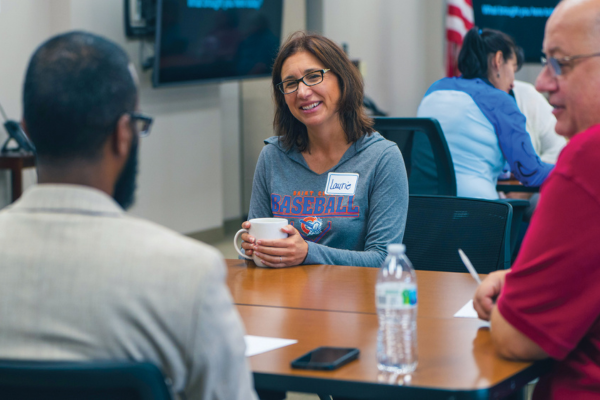An Unfortunate Tale of Our Catch-Up Kids
March 01, 2017
My View
When should a child be expected to walk, talk and be properly potty-trained? The answer varies from child to child. There is an age, however, by which 95 percent, or nearly all children, master these developmental milestones. Has this age declined in the past millennium? Are today’s children walking, talking and toileting at a younger age than their parents, grandparents or earlier forebears?
If you don’t think it has, you are correct. Data-driven research shows the age of mastery for these developmental milestones to be the same as it has always been. Child development requires maturation of physical and emotional factors that grow over time. Milestones are reached at a normal pace in 95 percent of children. They’ve remained stable for millennia.
What happens when a child is pushed into walking, talking or toileting too soon? Usually failure, frustration and withdrawal or acting-out behaviors.
Pushing Reading
Let’s push this question ahead a few months and re-shape it this way: By what age do we expect most (95 percent) children to be ready for reading instruction? Has this age remained constant or has it declined over time?
Based upon 45 years of school experiences, I am sad to report that reading instruction is being presented to children at younger and younger ages. The reading lessons given to grandparents when they were 7 and to mom and dad when they were 6 are now expected of 4-year-olds. While 4-year-olds have vivid imaginations, love physical activity and are prepared for many experiences in prekindergarten, they should not be expected to accomplish what was expected of 7-year-olds only a few generations earlier.
Of course, this runs contrary to what the “Catch-Up-Kid” industry would have us believe. According to those who profit off such concerns, many children already are behind their peers when they begin kindergarten and need their software product to get them back on track with their peers. The January 2014 issue of eSchool News contained a special report titled “Closing Gaps Early,” sponsored by a nonprofit institute promoting its research and software. The report stated: “As more students enter kindergarten already behind their peers, closing these gaps quickly is critical to their success. Here’s how software can help.”
No consideration is given to hands-on exploration, imaginary play and physical activity, all of which are developmentally appropriate for children this age. Rather, the emphasis is placed on computer software as the solution.
Avoidable Gaps
Legislation mandating the testing of reading readiness of 4-year-olds has been enacted in some states. In Wisconsin, the Governor’s Read to Lead Task Force has recommended “universal screening in prekindergarten (4K), kindergarten (5K), 1st grade, and 2nd grade to identify struggling readers, and a response to intervention system to help those students progress.”
If struggling readers can be found at the kindergarten and prekindergarten levels, might it be because they are not yet conceptually at a level where all this makes sense to them? Does a “gap” exist simply because we are expecting too much before all children are developmentally ready?
Rather than a gift of software and testing, perhaps we should give all children the gift of time to grow. After all, kindergarten translates as “children’s garden” and not “children’s hot house.” The difference in development between the two is enormous and this is where the gap begins
Advertisement
Advertisement
Advertisement
Advertisement


.png?sfvrsn=3d584f2d_3)
